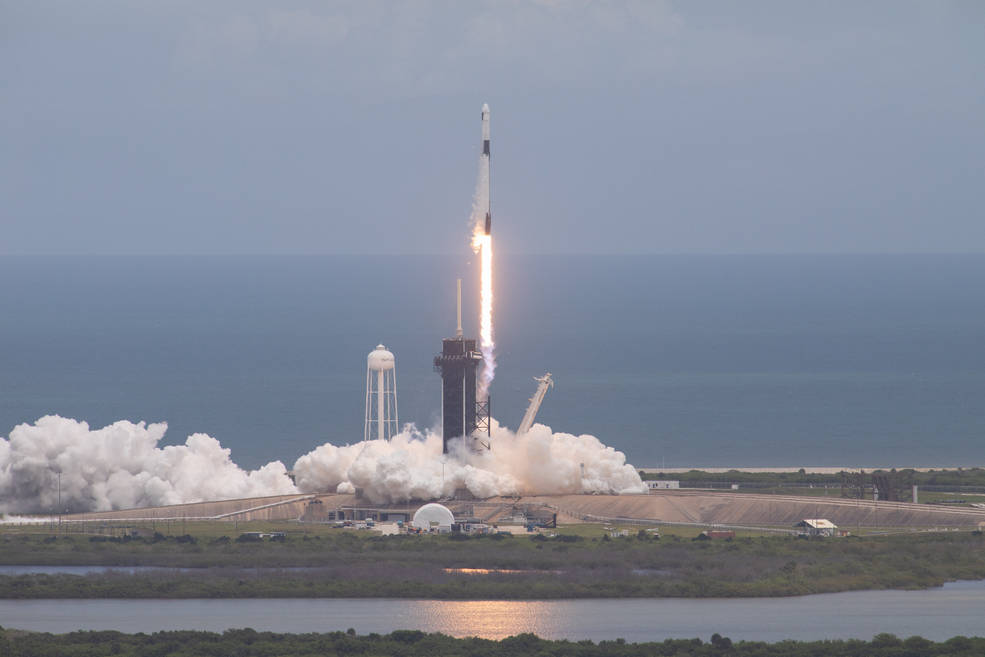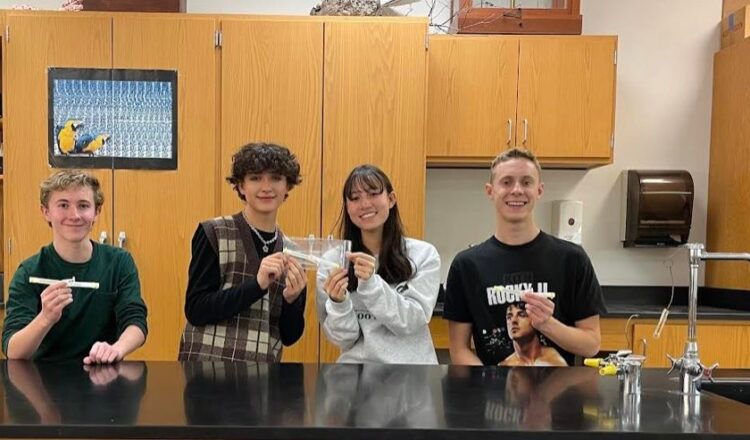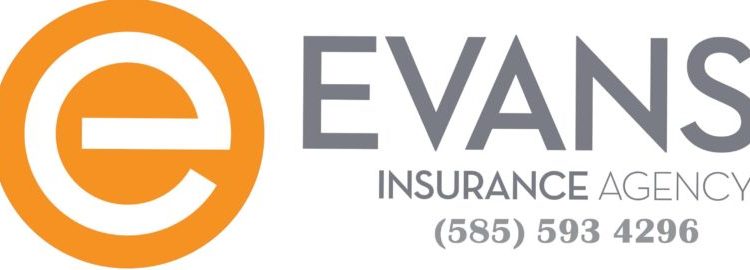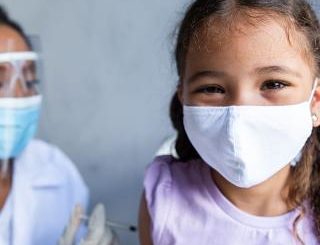From left, Wellsville juniors Eli Brophy, Aidan Jadwin, Serena Boussa and Ben Jordan hold their FME tubes (Fluid Mixing Enclosures). The FME in the bag (center) will be heading to the International Space Station while the other two will act as controls here on Earth. The rocket is currently set to launch on Monday from Cape Canaveral on a SpaceX Rocket.
By JOHN ANDERSON
Serena Boussa watched as SpaceX made history. Elon Musk was part of a space mission with four passengers during the first-ever, all-civilian crew on Sept. 15, 2021.
The Wellsville High School junior wondered what would happen to bacteria during space travel? What treatments would be needed in space if you were sick? Should you travel if you have a weak immune system?
Because of her idea and work with classmates, Wellsville students will be in Florida on Monday to watch NASA’s SpaceX resupply mission to the International Space Station.
On the launch will be an experiment they created outside of classroom hours at Wellsville.
The launch will take place on Monday from Launch Complex 39A at the NASA’s Kennedy Space Center as work of the Wellsville students will launch on SpaceX’s Dragon cargo spacecraft.
When Boussa came up with the idea, she emailed classmates Eli Brophy, Aidan Jadwin and Ben Jordan to see if they would take on a project outside of school hours.

They were in.
Next, Boussa emailed her teacher, Ross Munson, who already had success with a project getting into space in 2018.
Their experiment of microgravity’s effect on the resistance of Staphylococcus epidermidis to amoxicillin took place and the FME tubes (Fluid Mixing Enclosures) are complete.
“We are treating the effect of the free falling state of space (microgravity) and testing the resisting of how a bacteria to an antibiotic changes in space,” Boussa said. “We did some prior research. It is believed bacteria could be more resistant (stronger) in space. If space could be more accessible, we need to study to see if we need more medical technology to make space more accessible.”
Munson, who teaches living environment in the science department at the Wellsville Secondary School, entered their work in the Student Spaceflight Experiments Program. Going against thousands and thousands of entries from all over the nation and internationally, the quickly-formed “Wellsville Science Club” was one of 25 projects chosen to go into space.
The project was approved by the National Center for Earth and Space Science Education. At the time, the students were sophomores. The initial flight was canceled but this time, there is a green light.
Munson said, “One FME tube will be heading to the International Space Station while the other two will act as controls here on Earth.”
Boussa said the project was a challenge.
“It was definitely a challenge trying to stay connected to the project and passionate about it when the launch was canceled in June,” she said. “Before that, we persevered despite the Covid pause, but we knew we would be able to see it and we are delighted it will happen.”
Brophy said, “We can’t wait to see the launch on Monday and we’re excited to go to the Kennedy Space Center. They are taking it up with them. The bacteria in the experiment is the bacteria on your skin. The antibiotic we are testing on the bacteria will be in a small tube with different cavities.”
Brophy said they should get results in seven to eight weeks.
“We mailed it with secure and approved packaging and they will take the necessary procedures to make sure it’s safe to go on the ship,” Boussa said.
The four students can finally laugh about the time they put in outside of class. For nine weeks, they worked at least an hour a day, they also worked in school during study hall and also met on weekends.
Their reward?
“We are going to have a recreational day at Cocoa Beach and Disney!” Brophy said with a smile.
The partners and sponsors include for the project include Moog, Inc., Alfred University, Corning, Inc., and the Wellsville Central School District, Munson said.
Someday when space travel is common, the guests can thank Wellsville students for staying safe and avoiding disease.
Here is the schedule and more information from NASA:
Monday, Nov. 21
3:45 p.m. – NASA TV launch coverage begins
4:19 p.m. – Launch
Wednesday, Nov. 23
8:30 a.m. – NASA TV coverage begins for Dragon docking to space station
9:43 a.m. – Docking
Coverage is subject to change based on real-time operational activities. Follow the International Space Station blog for updates.
NASA TV launch coverage: https://www.nasa.gov/nasatv
Liftoff will be from Launch Complex 39A at the agency’s Kennedy Space Center in Florida. SpaceX’s Dragon cargo spacecraft will deliver new science investigations, supplies, and equipment for the international crew.
Live launch coverage will air on NASA Television, the NASA app, and the agency’s website, with prelaunch events starting Friday, Nov. 18.
The Dragon spacecraft will deliver a variety of NASA investigations, including the next pair of International Space Station Roll Out Solar Arrays (iROSAs), which will augment power to the orbiting laboratory. The spacecraft also will carry a study to grow dwarf tomatoes to help create a continuous fresh-food production system in space, as well as an experiment that tests an on-demand method to create specific quantities of key nutrients.
Arrival to the station is scheduled for 9:43 a.m. ET on Wednesday, Nov. 23. The Dragon spacecraft will dock autonomously to the forward-facing port of the station’s Harmony module.
The spacecraft is expected to spend about a month attached to the orbiting outpost before it returns to Earth with research and return cargo, splashing down off the coast of Florida.







